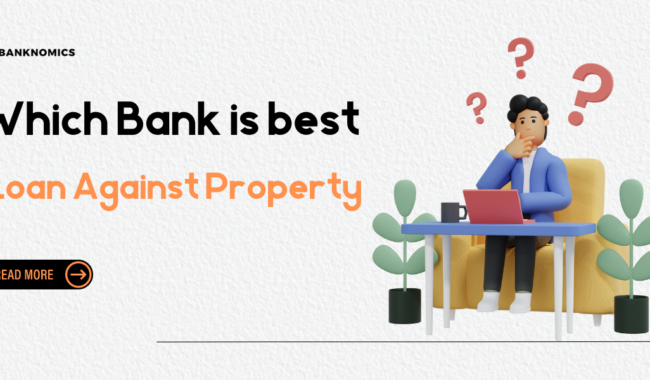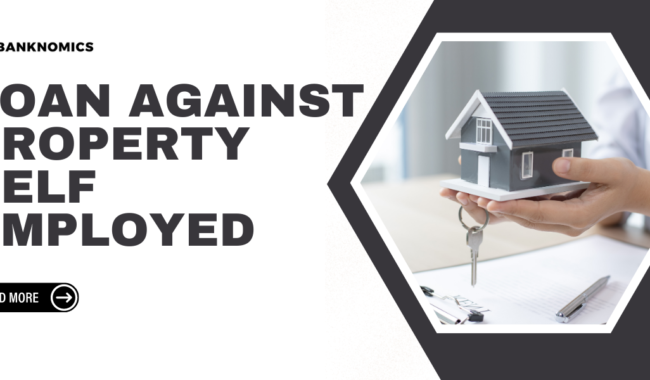Hello there! Are you in need of some extra funds but don’t want to sell your precious property? Well, you’re in luck because today, we’ll be unraveling the mysteries of “Loan Against Property” (LAP). This financial product allows you to leverage the value of your property to secure a loan without parting with your ownership rights. Let’s get started!
What is a Loan Against Property (LAP)?
A Loan Against Property (LAP) is a type of secured loan where you pledge your property (residential or commercial) as collateral to obtain funds from a lender. The loan amount is typically a percentage of the property’s market value. Unlike unsecured loans, such as personal loans, LAP comes with lower interest rates due to its secured nature.
The Benefits of Choosing Loan Against Property
Lower Interest Rates
One of the main advantages of LAP is the relatively lower interest rates compared to unsecured loans. Since the lender has the property as security, the risk is lower, resulting in reduced interest charges.
Higher Loan Amounts
With LAP, you can access higher loan amounts based on your property’s value, making it an ideal choice for significant financial requirements.
Longer Repayment Tenure
LAP usually offers longer repayment tenures, which means you can comfortably repay the loan over an extended period, spreading the financial burden.
Multipurpose Use of Funds
Unlike certain loans with restrictions on the usage of funds, LAP provides flexibility. You can use the funds for various purposes like funding a business, renovating your property, or even consolidating high-interest debts.
Retaining Ownership of Your Property
One of the most significant advantages is that you can continue using and residing in your property while repaying the loan. There’s no need to give up ownership during the loan tenure.
Also Read: Which Bank is Best for Loan Against Property 2023
Eligibility Criteria for Loan Against Property
Age and Citizenship Requirements
Lenders typically require applicants to be of a certain age range (e.g., 21 to 65 years) and citizens of the country where they are applying for the loan.
Property Ownership and Title Clarity
The property offered as collateral must be owned by the applicant, and its title should be clear, without any disputes.
Property Valuation and Loan-to-Value (LTV) Ratio
The loan amount depends on the property’s market value and the lender’s specified Loan-to-Value ratio. The LTV ratio determines the maximum percentage of the property’s value that can be borrowed.
Income and Credit History Assessment
Lenders evaluate the applicant’s income stability and credit history to assess their repayment capacity and creditworthiness.
Application Process and Documentation
Gathering Required Documents
To apply for a LAP, you’ll need to gather essential documents such as property papers, income proof, identity proof, address proof, bank statements, etc.
Submitting the Loan Application
Once you have all the necessary documents, submit the loan application to the lender, either through their physical branch or online portal.
Verification and Approval Process
The lender will verify the documents and property before approving the loan. This process may take a few days.
Loan Disbursement
After approval, the loan amount will be disbursed to your account, and you can start using it for your financial needs.
Common Pitfalls to Avoid
Borrowing Beyond Repayment Capacity
While LAP offers higher loan amounts, ensure you borrow only what you can comfortably repay to avoid financial strain.
Ignoring Hidden Charges and Fees
Thoroughly read the loan agreement to understand any hidden charges or fees that may increase your borrowing costs.
Not Reading the Fine Print
Take the time to read and understand all terms and conditions to avoid any surprises later on.
Skipping Loan Insurance
Consider opting for loan insurance to protect your family from the burden of loan repayment in case of unforeseen events.
Also Read: Exploring the Pros and Cons of Loans against Property
When to Choose Loan Against Property over Other Loans
LAP vs. Personal Loan
If you need a large sum of money and are willing to offer collateral, LAP is a better choice due to its lower interest rates.
LAP vs. Loan Against Securities
While both options offer lower interest rates, LAP doesn’t require you to pledge financial assets, making it more suitable for those who don’t hold tradable securities.
LAP vs. Gold Loan
LAP may offer higher loan amounts than gold loans, making it preferable for substantial financial requirements.
Repayment and Prepayment Options
EMIs and Their Calculation
The loan can be repaid through Equated Monthly Installments (EMIs), which comprise both principal and interest components.
Managing Repayment Efficiently
Plan your finances to manage EMI payments without defaulting, ensuring a smooth repayment journey.
Prepayment and Foreclosure Considerations
Check if the lender allows prepayment or foreclosure of the LAP and understand any associated charges.
Conclusion: Making the Right Financial Decision
A Loan Against Property is a powerful financial tool that can help you achieve your goals without losing ownership of your property. However, like any financial decision, it requires careful consideration of your needs and repayment capacity. By understanding the process, eligibility, and benefits, you can make an informed choice that suits your unique circumstances. Always remember to compare offers from different lenders, read the fine print, and consult a financial advisor if needed. Happy borrowing!
Keep reading and supporting Banknomics!




